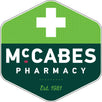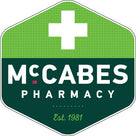How to use a face mask sheet: when to use one and how to get the best results
Face mask sheets can be a fast, convenient and effective way to replenish your skin. Thoroughly soaked with beneficial ingredients, sheet masks prevent quick evaporation of the ingredients and will penetrate deep into the skin. Different sheet masks will have varying purposes, so it is important to know how to use them correctly to get the best results.
This guide will discuss how to use a face mask sheet, answering frequently asked questions about applying them. It will also explain the importance of choosing the correct sheet mask for your skin type, featuring some recommended sheet masks you can include in your skincare routine.
Click on a link to jump to that section:
Read how to apply a face mask sheet correctly, and the common mistakes made when applying sheet masks.
Find out when you should apply a sheet mask in your skincare routine to achieve maximum results.
Read how many times a week you should use a face mask sheet.
Find out how long you should leave a sheet mask on before removing.
Read our guide to the ideal ingredients and face mask sheets for common skin concerns.
Frequently asked questions on applying different face mask sheets.
How to apply a face mask sheet
- Firstly, ensure you cleanse the skin before applying a sheet mask.
- Place the mask on your face, ensuring you align the holes to your eyes, nose, and mouth. Start at your forehead and slowly work your way down your face. If there is any remaining essence left in the bag, pat the extra essence all over your neck or anywhere you think could benefit from the ingredients.
- Relax and leave it on your face for the amount of time recommended.
- Gently peel off the mask, discarding it.
- After removing, pat the essence into your face. This allows for maximum absorption.
- Always moisturise after use with your usual product.
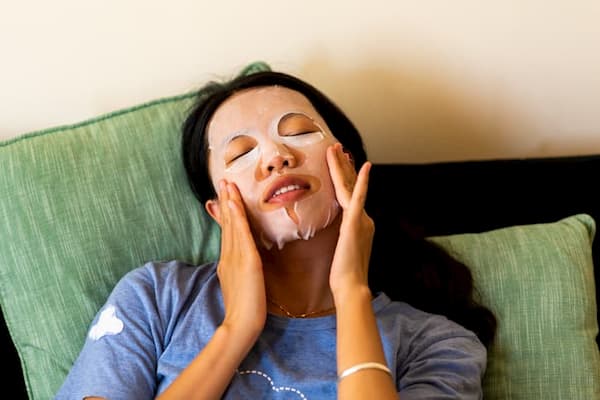
Common mistakes when applying a face mask sheet
Leaving the mask on for too long
Leaving a face mask on for too long increases the risk of irritation and drying the skin out. Ensure you always leave a mask on for the amount of time recommended.
Failing to prepare the skin properly
You should always cleanse the skin before using a sheet mask to ensure your skin is clean and ready to absorb the ingredients.
Washing the face immediately after
Sheet mask formulas need to be fully absorbed by the skin and washing the face straight after can prevent you from getting maximum results.
You can read our guide to applying different face masks here.
When should you apply a sheet mask?
Apply a sheet mask after using your usual cleanser and toner. Overnight sheet masks should be the final step in your routine, used in replacement of a moisturiser.
How often should you use a face mask sheet?
This depends on your skin type and the purpose of the mask. Most sheet masks can be used three times a week or more, and some can even be applied daily. However, more drying masks such as a charcoal or clay should be used less frequently than hydrating masks. This is especially important to remember if you have sensitive skin.
How long should you leave a sheet mask on for?
This depends on the specific mask; however, sheet masks should generally be left on for between 15-25 minutes.

Recommended sheet masks for different skin concerns
Choosing sheet masks for acne
Choose a face mask sheet that contains clay or charcoal if you suffer from acne. Try and avoid harsh ingredients such as sodium lauryl sulfate.
Recommended product
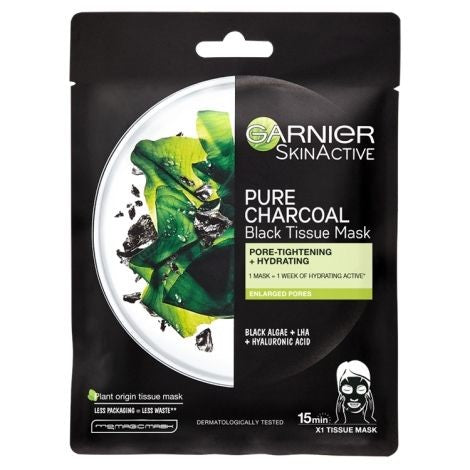
- The no1 sheet mask brand to intensely rehydrate, purify and tighten enlarged pores
- Enriched with black algae, LHA and hyaluronic acid
- Pores appear tightened and less visible
Read more about face masks for acne here.
Choosing sheet masks for dry skin
Hydrating sheet masks containing hyaluronic acid will attract moisture to boost hydration on the surface of the skin. Hydrating face masks containing vitamin C are particularly effective in bringing dry, dull skin to life.
Read our full guide to face masks for dry skin.
Recommended product
Garnier Skin Active Moisture Bomb Tissue Mask
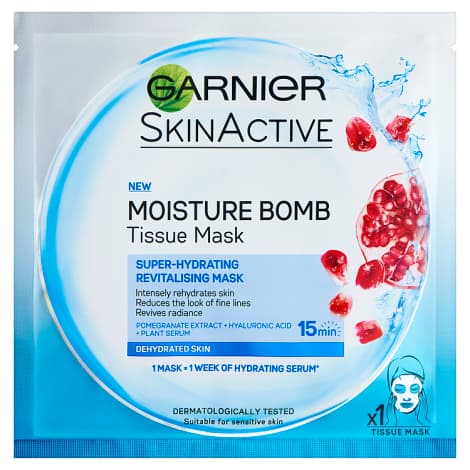
- Replumps & soothes skin
- Enriched with hyaluronic acid
- Reduces the look of fine lines
For more guidance on hydration masks, read our guide Choosing the best hydration mask for your skin.
Choosing sheet masks for skin redness
Calming ingredients such as chamomile and aloe vera can help calm down redness and help even out your complexion.
Recommended product

- A soothing mask that intensely hydrates, comforts and soothes
- Skin feels softer
You can read more about face masks for skin redness here.
Choosing sheet masks for oily and shiny skin
If you have particularly oily skin, you should avoid masks with rich moisturising ingredients. Choose a clay, charcoal or mud mask to remove excess oil.
Recommended product
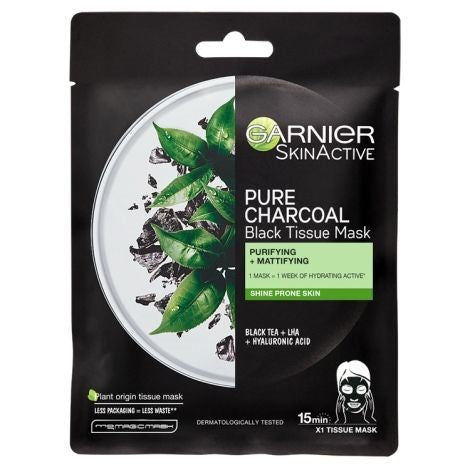
- Garnier pure charcoal sheet mask - a super purifying and mattifying mask for skin prone skin
- The no1 sheet mask brand to intensely rehydrate, purify and refresh shine prone skin
- An efficient and convenient solution to purify skin without drying it out
- Skin looks clearer and healthier
Using a face mask sheet: FAQs
Can you reuse a face mask sheet?
We recommend against reusing a face mask sheet, as this encourages the spread of dirt and bacteria onto the skin.
Can I use an expired face mask sheet?
Face mask sheets should have an expiry date at the back of the pack. Though expired face masks rarely cause side effects, we recommend sticking to the expiry date just in case. You should be especially careful with this if you store your face masks in a humid environment.
Which face mask sheet is best for acne?
Cleansing sheet masks containing clay or charcoal are ideal for acne, targeting clogged pores.
What should I do after applying a face mask sheet?
After removing a face mask sheet, you should always moisturise the skin. This prevents the skin from drying out or becoming irritated.
Related content
Choosing the right hydration mask
Choosing face masks for your skin condition or skin type
